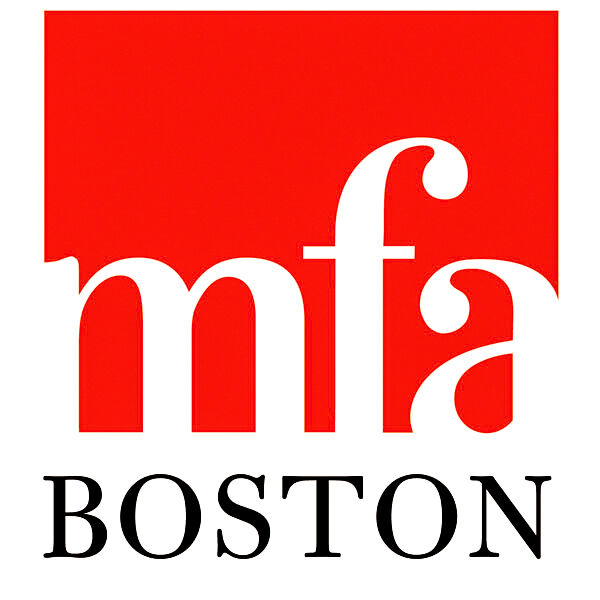
With nearly 400 million indigenous peoples around the world, and a few million being right here in the U.S., it’s important to recognize and appreciate these communities (1). As Indigenous Peoples’ Day passes, I wanted to specifically focus on and highlight their art in our area. Art has a wide range of diversity, whether it be visual arts, music, pottery or dancing, and it has been an outlet of self-expression, culture and history for years now.
Art gives us a significant, deeper look into people: their stories, their pasts, their futures. Indigenous peoples’ voices have been silenced for centuries now. As we try to change the way these communities live, are acknowledged and are treated, it’s important to listen to these voices. Exploring their art may be a great way for you to be exposed to and possibly learn more about these groups.
The Museum of Fine Arts curated their Native North American Art gallery with an understanding of the unjust history these people have had to suffer through. When describing the gallery, they explain that it contains a “wide range of materials and subjects that embody the resilience, continuity, and transformations of Native American cultures and nations across time and place” (2). I believe this part of their description is perfectly said. The resilience of Natives is inspiring. Seeing this art in the present day reminds me of just how strong these communities are, despite the horrendous things they have had to live through.
When making your way through the gallery, you see that different materials were made for community use and/or trade. These include 19th and 20th century Mi’kmaq quillwork, Pueblo pottery and weaving, Kwakwaka’wakw (Kwakiutl) carving, and Lakota beadwork (2).
Further in the gallery, you’ll see more modern and contemporary pieces by Jacquie Steven and Stan Natchez. These pieces were interesting to view in comparison to the rest, as they demonstrate new and modern interpretations of traditional techniques and methods.
The gallery overall is fascinating, but it needs more work. The MFA has made it one of their missions to expand this gallery, and “in collaboration with Indigenous community members, the MFA continues to work on strengthening its representation of Native artists, histories, and perspectives on view” (2).
There is a lack of Native American representation in art institutions and that needs to change.
That is why I also wanted to discuss the New England Foundation for the Arts and the Native Arts and Cultures Foundation. The NEFA has close ties to the Northeast Indigenous Arts Alliance and is working to highlight native art and institutions, and ultimately provide them more resources and exposure (3). Similarly, the Native Arts and Cultures foundation tries to organize lists of native artists and lists of state and national resources for these artists, such as grants (4).
Both of these organizations also put on their own programs and provide more information on careers and projects for these groups.
If you are of Native descent and wish to find more resources for your art, check out their sites and you will have access to numerous important links and articles.
If you are just wanting to support more of these artists and their work, these sites also provide local artists, galleries, public projects, etc.
If you want more personalized information or you have any questions, feel free to reach out. These organizations want to be reached out to and are fairly quick to respond.
1) https://www.amnesty.org/en/what-we-do/indigenous-peoples/
2) https://www.mfa.org/gallery/native-north-american-art
3) https://www.nefa.org/resources/native-american-arts
4) https://www.nativeartsandcultures.org/programs/resources-for-artists
